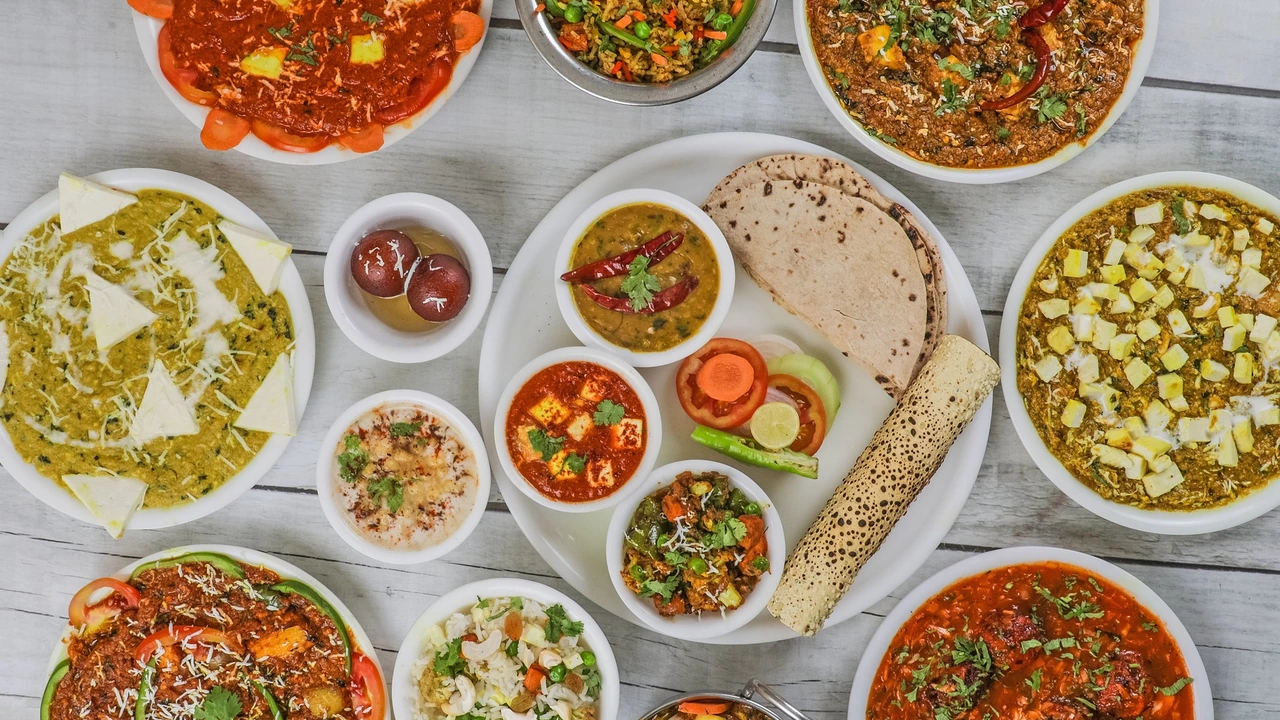Famous Food in India – What Makes These Dishes Loved Across the Country
India’s food scene is a nonstop celebration of taste, colour, and tradition. From the sizzling streets of Delhi to coastal kitchens in Kerala, certain dishes keep popping up in conversations, family gatherings, and social media feeds. They’re called “famous” for a reason – they’re easy to love, easy to share, and often tied to a story or a season. If you’ve ever wondered why a plate of butter chicken or a bowl of poha becomes the go‑to comfort food for millions, you’re in the right spot.
Why Certain Dishes Become Legends
First off, the ingredients matter. A famous dish usually uses staple items that are cheap and widely available – wheat, rice, lentils, spices like cumin and coriander, and a touch of ghee or oil. That makes it easy for anyone, even in a small town, to whip it up without a fancy shopping list. Second, the cooking method is often simple: one‑pot, one‑pan, or quick‑fry. Think of a durga‑filled dal that simmers for 20 minutes or a street‑style chaat that assembles in under five.
Third, there’s a cultural hook. Some foods are tied to festivals (like sweets during Diwali) or regional pride (like Karnataka’s bisi bele bath). When a dish connects to a memory or a celebration, people talk about it more, and it spreads faster. Finally, media and social platforms amplify the buzz. A catchy Instagram reel of a perfectly rolled dosa can turn a local favorite into a nationwide obsession overnight.
Quick Ways to Bring Famous Flavors Home
If you want to taste the fame without a plane ticket, start with the basics. Keep a small spice kit ready – turmeric, red chilli powder, garam masala, and mustard seeds. Most famous Indian recipes rely on tempering these spices in hot oil; that simple step unlocks a world of aroma. Next, choose a recipe that matches the time you have. For a 15‑minute fix, try upma or poha; both use semolina or flattened rice and can be thrown together while the water boils.
For richer dishes like butter chicken, you don’t need a professional kitchen. Use boneless chicken pieces, a ready‑made tomato puree, a splash of cream, and the same core spices. Cook the chicken, add the sauce, simmer, and you’ve got a restaurant‑style plate on the table. Remember to finish with a pinch of kasuri methi (dried fenugreek leaves) – it’s the secret that turns good into famous.
Don’t forget the sides. A simple cucumber‑onion salad with lemon juice, a dollop of yogurt, or a slice of fresh naan can elevate any main dish. The point is to keep the whole meal balanced, just like street vendors do: a bit spicy, a bit sweet, a bit tangy.
Finally, share what you make. Snap a quick photo, describe the flavors, and tag a friend. The more you talk about a dish, the more it stays in the public eye – and that’s exactly how a food earns its fame.
So, whether you’re craving the buttery richness of paneer tikka or the comforting warmth of a steaming bowl of rasam, remember the formula: simple ingredients, straightforward technique, a cultural story, and a dash of sharing. Get those basics ready, pick a recipe, and you’ll be tasting famous Indian food in no time.

Which Indian snack is famous globally?
In my exploration of Indian snacks that have gained global fame, Samosas top the list. This savory and spicy snack, often filled with potatoes, peas, and other vegetables, has found its place in various world cuisines. Not only can you find it in Indian restaurants around the globe, but it's also incorporated into menus of global food chains. I've found that the unique blend of spices and crispy exterior make it a universally loved snack. It's fascinating to see how this humble Indian snack has crossed borders and is delighting palates worldwide.
Read More